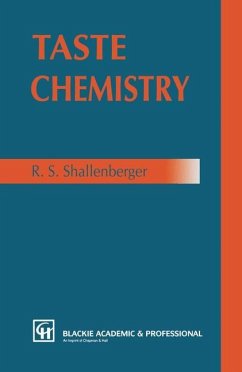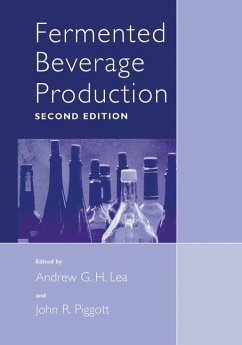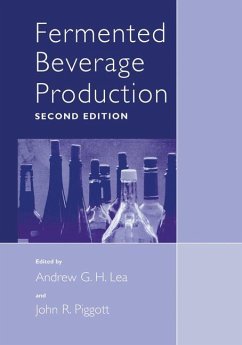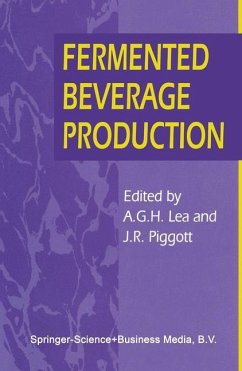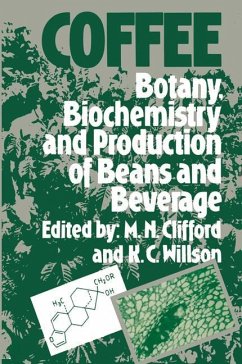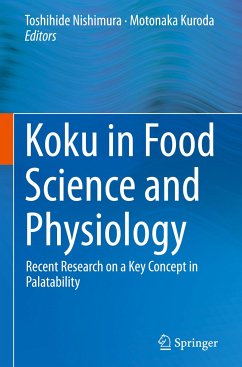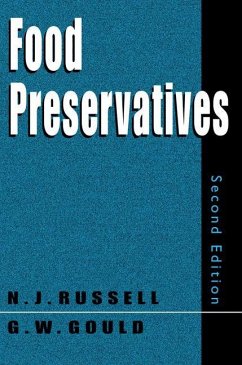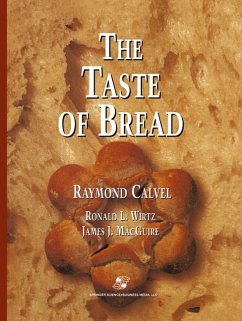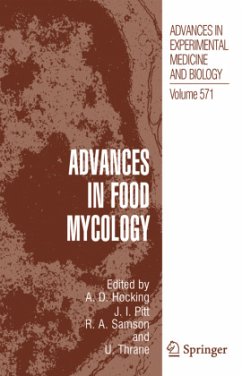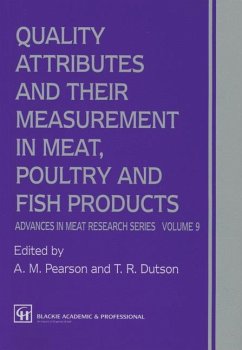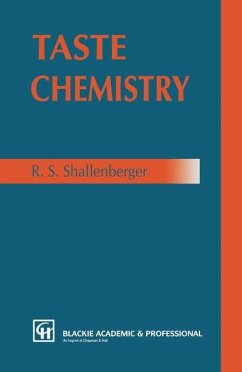
Taste Chemistry
Versandkostenfrei!
Versandfertig in 6-10 Tagen
113,99 €
inkl. MwSt.
Weitere Ausgaben:

PAYBACK Punkte
57 °P sammeln!
The object ofthis text is to examine, and elaborate on the meaning of the established premise that 'taste is a chemical sense.' In particular, the major effort is directed toward the degree to which chemical principles apply to phenomena associated with the inductive (recognition) phase of taste. A second objective is to describe the structure and properties of compounds with varying taste that allow decisions to be made with respect to the probable nature of the recognition chemistry for the different tastes, and the probable nature of the receptor(s) for those tastes. A final objective is to...
The object ofthis text is to examine, and elaborate on the meaning of the established premise that 'taste is a chemical sense.' In particular, the major effort is directed toward the degree to which chemical principles apply to phenomena associated with the inductive (recognition) phase of taste. A second objective is to describe the structure and properties of compounds with varying taste that allow decisions to be made with respect to the probable nature of the recognition chemistry for the different tastes, and the probable nature of the receptor(s) for those tastes. A final objective is to include appropriate interdisciplinary observations that have application to solving problems related to the chemical nature of taste. Taste is the most easily accessible chemical structure-biological activity relationship, and taste chemistry studies, i.e. the chemistry of sweetness, saltiness, sourness, and bitterness, have application to general biology, physiology, and pharmacology. Because it involves sensory perception, taste is also of interest to psychologists, and has application to the food and agricultural industries. The largest portion of the text is directed toward sweetness as, due to economic and other factors, the majority of the scientific studies are concerned with sweetness. The text begins with a prologue to describe the problems associated with the study of taste chemistry. Then, there is an introductory chapter to serve as an overview of the general interdisciplinary knowledge of the subject. It is followed by a chapter on the fundamental chemical principles that apply to taste induction chemistry.





